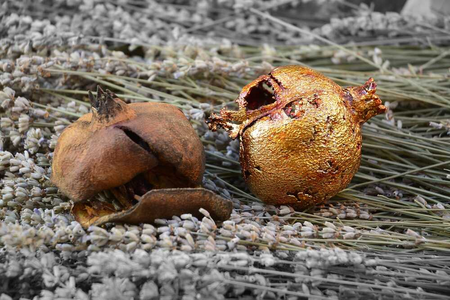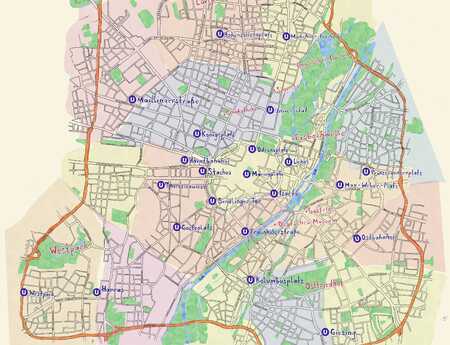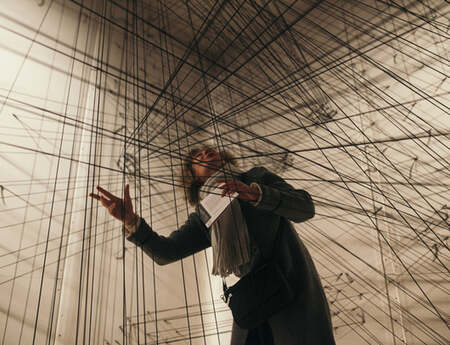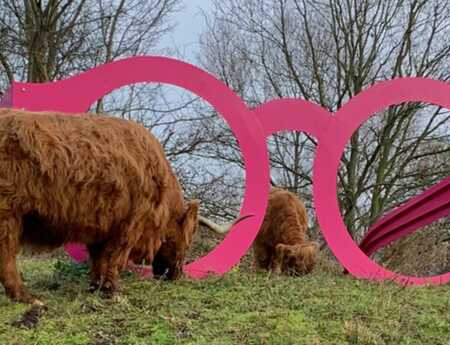The Secret Life of the Pomegranate
Belgian-born artist Viviane Brickmanne discovered the pomegranate as a sculpting material by chance. In this article, the Sculpture Network member shares some of her insights and experiences.
The pomegranate has a long history and has been an important symbol of passion and resurrection, prosperity, abundance, and fertility in various religions and cultures. It is a survival fruit, highly valued in desert areas. Thanks to its thick skin and interior, it can endure long journeys through the desert without losing its qualities. Ancient Egyptians were buried with pomegranates, and the fruit is depicted in Egyptian bas-reliefs. Renaissance artists like Fra Angelico († 1455) and Sandro Botticelli († 1510) incorporated it into their religious paintings as a symbol of resurrection and immortality or redemption and salvation. Up to this day, the pomegranate carries meaning beyond its literal representation: Since 1492, a pomegranate has been part of Spain’s coat of arms, and it is currently the emblem of the city of Granada.
Fun fact: Jews celebrate the New Year by eating pomegranates as a symbol of fertility due to their numerous seeds.
Aside from these symbolic depictions, the pomegranate is a material object, too – an object which cannot only inspire the artistic process, but also serve as a tool in it. When I encountered pomegranates hanging from a tree during a visit to the Tablas de Daimiel (a natural reserve in Spain) in 2016, I discovered more than decomposing fruit. I saw potential in their imperfections, an inspiration for artistic expression. By plucking them from their natural habitat and bringing them into my studio, I elevated them to a new realm.
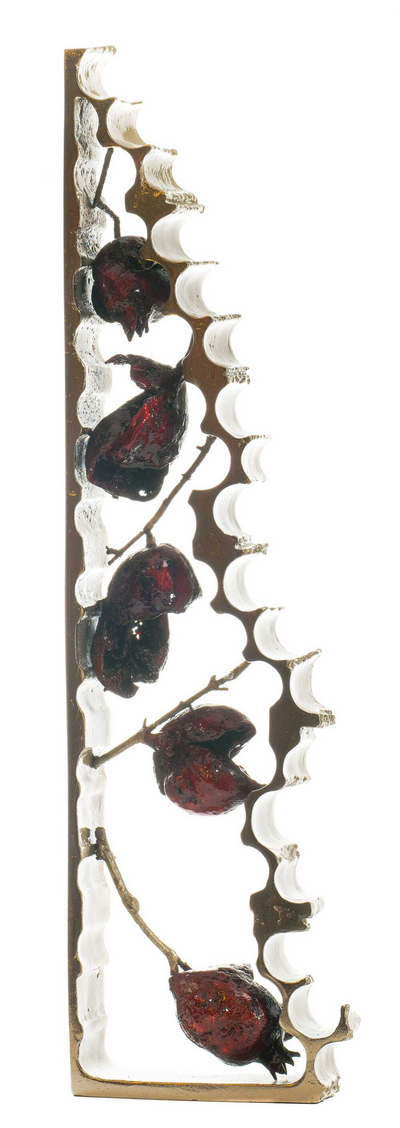
The sight of deformed and discolored pomegranates eaten by birds invites us to contemplate a profound metaphor about the transition from imperfection to enduring beauty. These pomegranates are a manifestation of the cycle of life. They begin as seeds, and at a certain stage, they become nourishment for birds and other creatures. In this exchange, there is a sense of reciprocity and interconnection, reminding us that all living beings are interdependent, each playing its part in the game of life.
The transformation of these pomegranates into sculptures is an act of reinvention. My hands mold and shape them using materials such as bronze, aluminum, or even sheets of gold and silver. This process underscores their uniqueness. Imperfections become works of art through a new perception of beauty. In this act of creation, I reflect the cycle of life and death that the pomegranates themselves have undergone. Pomegranates eaten by birds and their metamorphosis into sculptures have turned apparent decay into a new creative opportunity. Passing time has been captured.
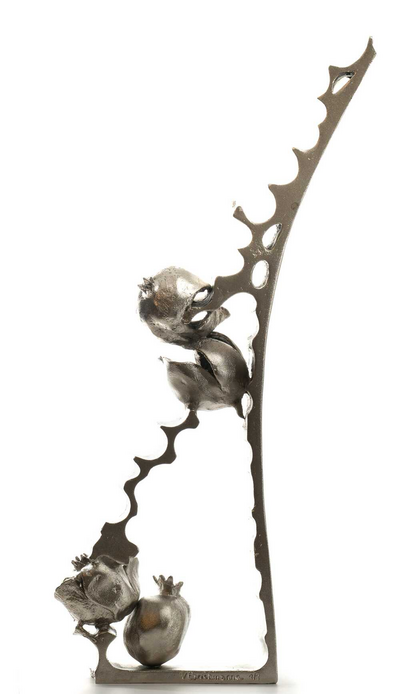
At times, I integrate the pomegranate into reformed bricks and the fruit, combined with the brick, acquires a poetic, even mysterious, aura, since they are two very different elements. The brick is a construction element, rectangular, masculine, and powerful, whereas the pomegranate is a plant, round, feminine and fragile. And this game, this interaction, this dialogue between pomegranate and brick yields different results and conveys new interpretations each time.
Did you know? In Greek mythology, the pomegranate is associated with Persephone (Proserpina in Roman mythology), the queen of the underworld due to her marriage to Hades. She was the daughter of Zeus and Demeter, the goddess of the earth and agriculture. Persephone was abducted by Hades. Faced with her mother Demeter’s despair, Zeus forced Hades to return Persephone. However, she had eaten six pomegranate seeds, which bound her to spend half of each year with Hades in the underworld and the other half with her mother Demeter. Her return to the surface of the earth marked the beginning of spring. This legend explains the cycles of land cultivation and the changing of seasons.
The pomegranate combines seemingly contradictory qualities: it is both material and symbol, a sign of resurrection and of the relationship to the underworld. A fascinating object for artistic exploration.

